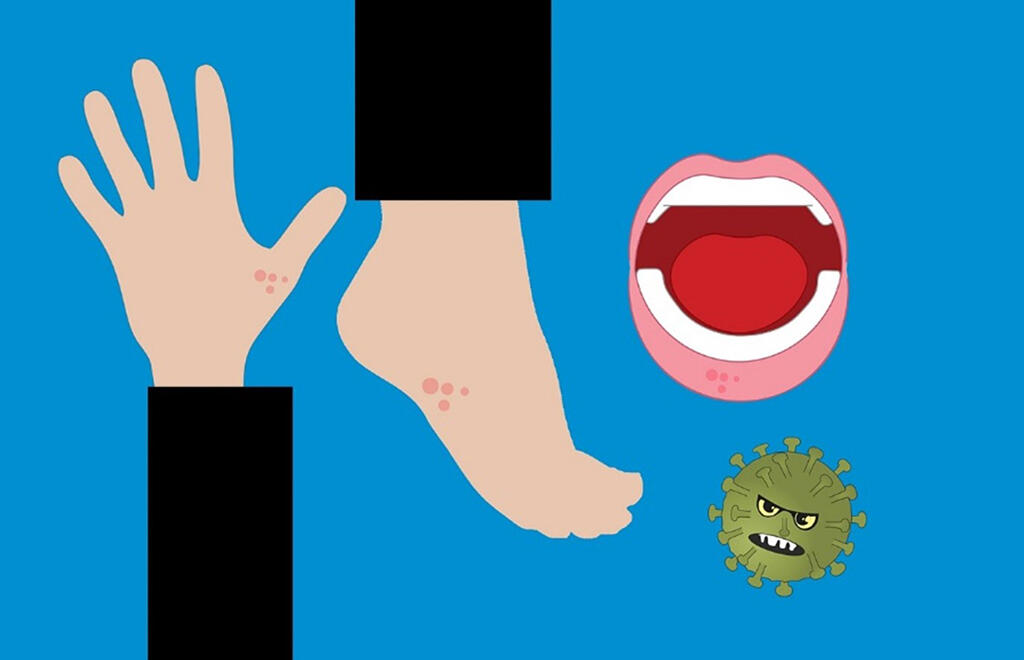
Itching is a sensation that aims to remove harmful substances from the body, such as parasites, by eliciting the urge to scratch. It can also signal other bodily problems, such as internal organ or skin diseases. Usually, scratching the area will cause an itch to subside, but this is not the case with the chronic, intense itching associated with atopic or contact dermatitis. These conditions result in a vicious cycle (itch-scratch) in which scratching inflames the skin, causing increased itchiness (known as itch sensitization).
A research group has found that repeated scratching in mice models of atopic and contact dermatitis makes the spinal nerves that send itching signals from the skin to the brain (itch-transmitting nerves) highly active. However, decreasing the scratching stimulus to the skin also decreases this effect. The group included Makoto Tsuda, a senior professor, and Kensho Kanehisa, a former student, at the Graduate School of Pharmaceutical Sciences and Institute for Advanced Studies, Kyushu University, and members from Johns Hopkins University and Okayama University. The group also found that repeated skin scratching increases the protein NPTX2 in sensory nerves connecting the skin to the spinal cord, which in turn causes increased activity of the itch-transmitting nerves in the spinal cord. NPTX2 knockout mice showed reduced activity of itch-transmitting nerves in the spinal cord and less itching.
Professor Tsuda said, 'In this study, we found that NPTX2 is important in the mechanism of prolonged itching caused by atopic dermatitis and other conditions. In the future, we want to clarify why scratching increases NPTX2 and search for compounds that suppress this increase or inhibit the action of NPTX2 on nerves that send itching signals to the brain, with the aim of developing therapeutic agents.' The group's findings were published in the journal Nature Communications.
It is known that itching signals are transmitted from sensory nerves in the skin to the brain via spinal nerves that express gastrin-releasing peptide receptors (itching nerves). Itching nerves receive glutamate to activate neural activity. A comparison of model mice and normal mice showed that the model mice expressed a greater number of glutamate receptors and had increased neural activity. To test itch sensitization, the model mice's nails were trimmed so that they could not scratch. This change suppressed itching nerve activity.
Next, the group examined protein expression in sensory nerves connecting the skin to the spinal cord and found that NPTX2 was increased. Detailed examination of the synapses connecting the sensory and itching nerves revealed that NPTX2 reached the synapses through the nerve axon and enhanced nerve activity by assembling glutamate receptors on the side of the itching nerve. In the NPTX2 knockout model mice, itching nerve activity was reduced, and dermatitis and skin barrier condition were also better than in the model mice.
In other words, the group revealed a mechanism wherein repeated scratching of itchy skin increases NPTX2 in sensory nerves, which is transported through the nerves to the spinal cord, where it acts on the itch-transmitting nerves increasing their activity and producing further itching.
This article has been translated by JST with permission from The Science News Ltd.(https://sci-news.co.jp/). Unauthorized reproduction of the article and photographs is prohibited.




